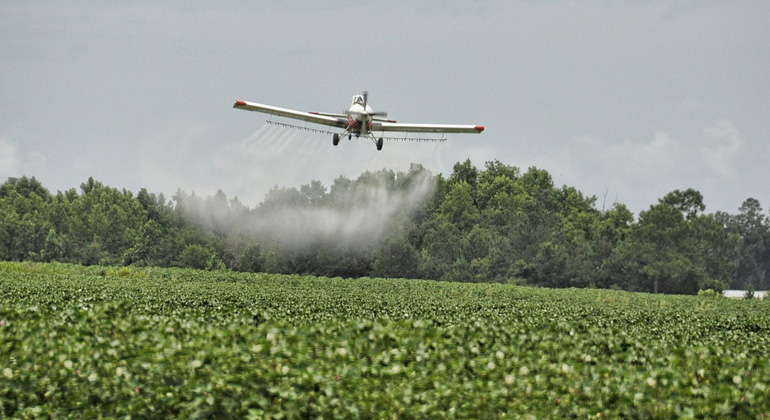EU countries should use pesticides more sustainably
The report on the sustainable use of pesticides Directive adopted by the Commission takes stock of progress made by the EU Member States in applying measures to reduce the risks and impacts of pesticides.
It covers a wide range of topics such as aerial spraying, information to the public or training of professionals. The report indicates insufficient implementation of the Directive on the sustainable use of pesticides.
Commenting on the report, Vytenis Andriukaitis, Commissioner for Health and Food Safety, said: “I know first-hand that citizens are concerned about the impact of the use of pesticides on their health and the environment. We take these concerns into consideration and we are working with the Member States to achieve sustainable use of pesticides in the way we grow and produce our food. I will continue encouraging and supporting Member States in their task of implementing the measures to reduce risks derived from the use of pesticides”.
What are the main conclusions of the Report?
While the Directive offers the potential to greatly reduce the risks derived from pesticide use these improvements are limited and insufficient to achieve the environmental and health improvements the Directive was designed to achieve. This is largely due to the implementation of the Directive that remains patchy.
Some key findings from the report include:
- Aerial spraying is banned in all EU countries, with exceptions granted only under strict conditions.
- Pesticide use is banned or minimised in public parks, sports grounds, hospitals and schools.
- Protection of aquatic environments or specific areas such as public parks is difficult to assess given the lack of measurable targets in most National Action Plans (NAPs).
- Integrated Pest Management (IPM) remains underused by Member States. This is despite the fact that the number of EU-approved low risk/non-chemical pesticide substances has doubled since 2009. Compliance at individual grower level is not being systematically checked by Member States.
- Training and certification systems for professionals have been set up in all EU countries, and to date almost four million farmers have been trained to use pesticides safely. Furthermore, 900 000 sprayers have been tested for accurate and safe application.
What is next?
When revising their National Action plans, Member States need to improve their quality, primarily by establishing specific and measurable targets and indicators for a long term strategy for the reduction of risks and impacts from pesticide use.
The Commission will continue to monitor and support implementation by the Member States to provide assurance that the objectives of the Directive are being achieved. This monitoring includes a range of actions such as audits, the evaluation of revised NAPs and other follow-up activities – for example exchange of best practices and training of professionals. The Commission will also work with Member States to develop EU harmonised risk indicators, based on Member States’ experience with their national indicators.
Today, the Commission launched a new website which contains links to Member States’ websites on sustainable use of pesticides, including Integrated Pest Management (IPM) , with a view to facilitate the exchange of information between them and increase the flow of relevant information to farmers and the general public.
The full report is accompanied by an overview report which includes a more detailed analysis and many examples of good practice being implemented by Member States.
Finally, the Commission also published a Guidance on monitoring and surveying of impacts of pesticide use on human health and the environment








